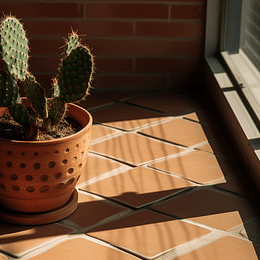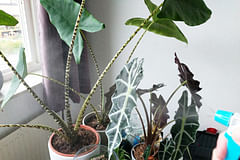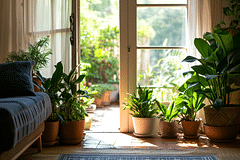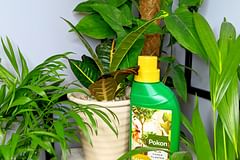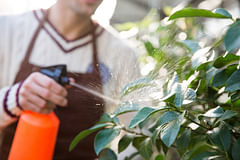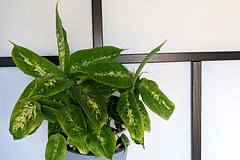What are signs of too much sunlight on plants?
In this plant care guide, we're going to look at the signs of too much sunlight on houseplants, so you can identify them early on and prevent any damage to your beautiful plants.
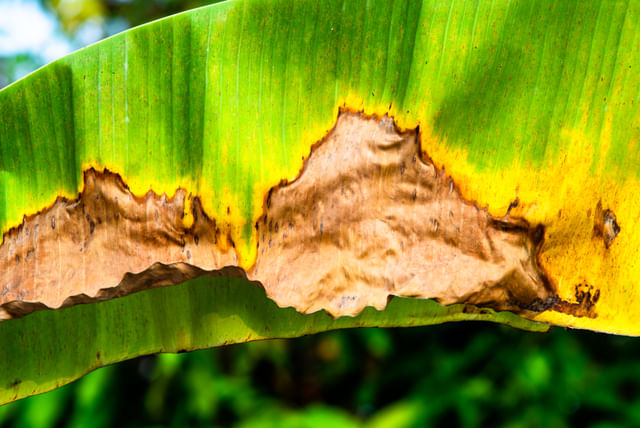
You might have looked at your plant before and thought, why does it look bad? What am I doing wrong? You're seeing yellow, brown, or dried leaves and think you're not giving your plant enough water. But when you check the soil, you notice it's still moist, so it can't be a watering issue. But what is it? Your plant might be getting too much sunlight!
If you're a beginning plant owner, you might not be familiar with the signs of too much sunlight on houseplants. Just like people, plants need sunlight - but only in moderation. If your plants are receiving too much sunlight, they will start to show symptoms to tell you that they're not doing so well. In this plant care guide, we're going to look at the signs of too much sunlight on houseplants, so you can identify them early on and prevent any damage to your beautiful houseplants.
These are all the topics we'll look at together:
- Is your plant thirsty/drowning or is it getting too much sunlight?
- The leaves turn yellow and/or brown
- The leaves are wilting or curling up
- What are the different types of light for plants?
- How do you determine the right amount of sunlight for different types of plants?
- What are some common plants that are sensitive to too much sunlight?
- What can you do when your plant is getting too much sunlight?
- Should you trim the crispy leaves off your plant?
- Can too much sunlight affect flowers or fruit on the plant?
- Can too much sunlight lead to pests or diseases?
- How to create shade or shelter for indoor plants?
- What tools can help you measure sunlight exposure?
- Signs of recovery from too much sunlight
- Conclusion
Before we look at the signs of too much sunlight for your plant, let's rule out another common cause for these symptoms: a thirsty plant.
Let's get started with this plant care guide!
Is your plant thirsty/drowning or is it getting too much sunlight?
Before we look a little closer at the symptoms of too much sunlight, I'd like to mention that these symptoms could also mean that your plant just needs a little water or has gotten too much of it. Signs of too much sunlight are very similar to signs of a thirsty/drowning plant. So before you start to move your plant, check if the soil is bone dry or wet. If it is completely dry or visibly wet, you should either water your plant if it's dry, or take steps to safe it from over watering before you move on to the rest of this plant care guide.
It's very important to regularly check the soil of your plant to make sure you're not giving it too much or too little water. A very common way beginning plant owners accidentally kill their plants is by watering their plants before checking if it needs any extra water. That's why it's very important to check if the soil is dry before you start to water your plant.
If you notice that the soil is still moist (but not wet), you know that your plant is suffering from too much sunlight. Now, let's look a little more at the most common signs that your plant might show when it's getting too much sunlight!
The leaves turn yellow and/or brown
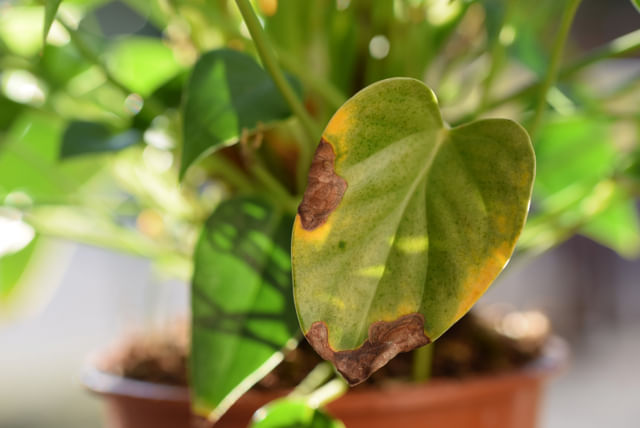
One of the most common signs of too much sunlight on houseplants is leaf scorching. This is when the leaves of the plant turn brown or yellow, and they may even start to curl up at the edges. The leaves colors change because the intense heat of the sun can scorch the leaves, causing the color to change. If you see this happening to your plants, it's a good indication that they're getting too much sun.
Yellowing leaves could have a few more reasons, find out the other reasons at: Why are my houseplant leaves turning yellow?
The leaves are wilting or curling up

Another sign your plant is getting too much sunlight is wilting. This is when the leaves of the plant droop down as if they're tired or thirsty. Wilting happens when the plant doesn't have enough water in its stems and leaves, which causes them to start hanging.
Wilting is also a common symptom for plants that are either thirsty or are experiencing root rot. Wilting could kill a plant quite quickly, but you can help your plant by either giving it extra water when it's thirsty, propagating it when you're dealing with root rot, or moving it to a slightly darker place in your house.
The higher temperatures of too much sunlight evaporate the moisture in your plant more quickly than it can replace, so it'll start to droop. By moving your plant to a darker place, the temperature goes down as well and this should slow down the rate of evaporation.
What are the different types of light for plants?
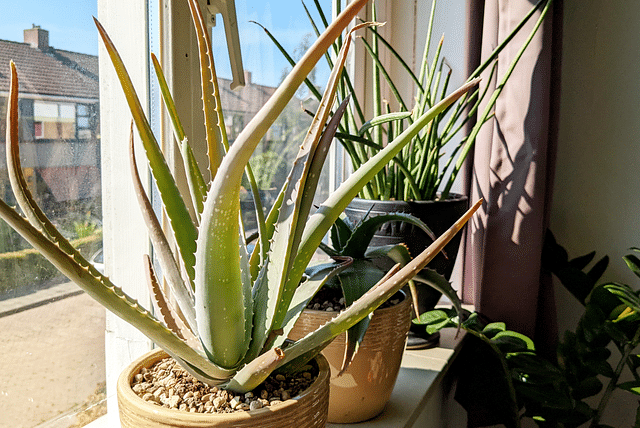
Understanding the types of light, direct and indirect, can really help you give your plants the best care possible and create that cozy atmosphere you're after!
Direct light means your plant is getting sunlight straight from the sun with nothing blocking the rays of light. You can usually find this type of light in south or west-facing windows where the rays hit directly. Think of it as a sunny beach day for your plants: perfect for sun-loving varieties like succulents, cacti, and some flowering plants that crave all that brightness to thrive. However, too much direct sunlight can lead to leaf burn in most plants, which is definitely something we want to avoid!
On the flip side, we have indirect light. This means the sunlight is either filtered through something (like sheer curtains) or coming from the side, not directly on the plant. This type of light is perfect for most houseplants, including ferns, pothos, and peace lilies, as it allows them to grow strong without the risk of burning. The key here is to find that perfect spot, perhaps near a north-facing window or a well-lit room where the light is soft but still bright enough for them to thrive!
Search on this website for specific plant care guides to learn what each plants sunlight needs are. You can also read more about the different types of light here: What is the difference between direct, indirect, and low-light sunlight for plants?
How do you determine the right amount of sunlight for different types of plants?
Sunlight, like watering, is the most important thing to get right with your houseplants. Finding the right amount of sunlight for your indoor plants can be a bit tricky at times though. Each plant has its own needs. Some thrive in bright, direct sunlight, like succulents and cacti, while others prefer indirect light or even a bit of shade, such as ferns and peace lilies.
A good rule of thumb is to check the plant's tag or do a quick search online to see its sunlight preferences. Placing your plants near windows is great, but you might want to move them around a bit and observe how they react to different spots! You can also search on my website to find the plant care guide for your specific plant.
If you're not sure which light your plant needs, give it bright indirect sunlight. This type of sunlight is perfect for most plants, so you can't go wrong with it.
What are some common plants that are sensitive to too much sunlight?

When it comes to sensitive plants, ferns are definitely on the list! They love their shade and can wilt or even get burnt if exposed to too much sunlight. Other houseplants like the Pothos or snake plant may also struggle if they get full sun; their leaves could start to yellow or develop brown spots.
Keep an eye on your greenery, and if they seem less lively than normal, consider relocating them to a more suitable location. Remember, it's all about finding that cozy spot for them to thrive as much as you want your home to feel inviting!
What can you do when your plant is getting too much sunlight?
If your plant is getting too much sunlight, you can move it to a shadier spot or put up a shade cloth. This shade cloth could also be a thin curtain that still lets through a little bit of light. All plants still need light, some just need a little bit less. You can also water it more frequently to help keep it from getting too hot, but only when the top of the soil is dry again. If you water your plant before this, you risk over-watering your plant.
Should you trim the crispy leaves off your plant?

If the leaves of your plant are starting to turn brown or yellow and they're also curling up at the edges, you might be wondering if you should trim off these crispy leaves.
If you're only talking about trimming the crispy edges of the otherwise green and healthy leaf, this is completely fine. When you're trimming the crispy edges, be sure to not cut into the green parts of the leaf and only cut off the brown edges. Trimming off the dead parts of the leaf, reduces the chances of attracting pests.
However, if you're talking about trimming off the entire leaf, the answer is no, you shouldn't!
When you trim off these crispy leaves, you're also removing the part of the leaf that's still green and healthy. This means that the plant has to work even harder to produce new leaves, which can be very stressful for the plant. It's better to just move your plant to a shadier spot.
Can too much sunlight affect flowers or fruit on the plant?
Too much sunlight can be a double-edged sword for flowering and fruiting plants. Flowering and fruiting plants need a lot more sunlight than "normal" plants, but too much of it can lead to burned petals or fruits that drop too early. For example, tomato plants love the sun, but if they're overexposed, their flowers can start to fade and die before producing those delicious fruits. So, finding the sweet spot for light exposure is all about balance!
Can too much sunlight lead to pests or diseases?
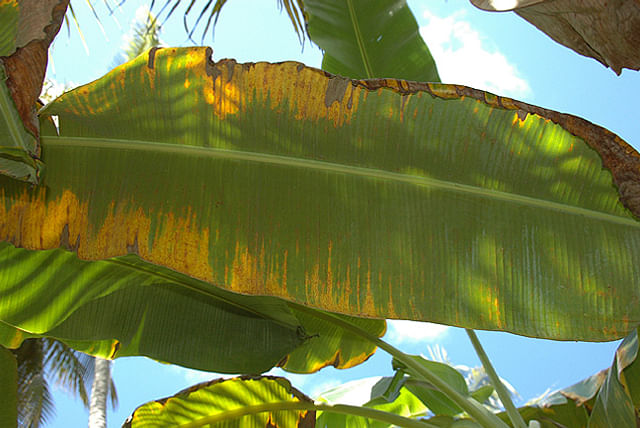
Too much sunlight can stress your plants, which makes them perfect targets for pests or diseases. A stressed plant might droop, turn yellow, or show other signs of stress, which can attract insects looking for an easy meal. Giving your plants their favorite sunlight exposure not only helps them thrive but also makes it less likely they'll attract unwanted guests.
If you notice signs of pests on your plant, check out this guide on treating and preventing pests!
Diseases
Aside from pest infestations, too much sunlight can also make your houseplants vulnerable to diseases. One of the most common issues is sunscald, where the intense light can burn the leaves, creating pale, bleached patches or crispy edges. This not only looks sad but can open the door for fungal infections, as the damaged areas become a breeding ground for pathogens.
Another issue is powdery mildew, which can thrive in overly dry conditions often created by excessive sun and insufficient humidity. You might notice a white, powdery substance on the leaves, and while it's not the end of the world, it's definitely something to keep an eye on! You can read more about powdery mildew in this guide.
How to create shade or shelter for indoor plants?
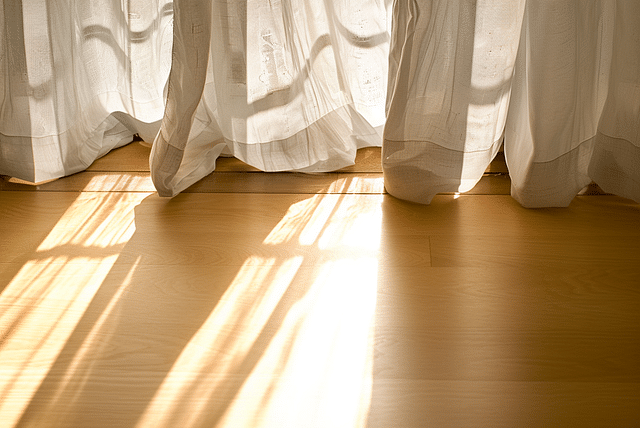
Creating shade or shelter for your indoor plants is super important, especially if you want to keep them happy and thriving! Luckily, it's not too complicated, and there are plenty of simple ways to go about it. First, think about where you place your plants.
Curtains or blinds
If you have your plants near a bright window, you might want to pull down sheer curtains or blinds. This way, you still allow plenty of light in, but it softens the intensity. You can also group your plants together so that they create a leafy canopy. If you're dealing with a particularly sun-sensitive plant, consider a spot near a north-facing window, as this is usually just the right amount of light.
Another great option is using plant stands or shelves to elevate shade-loving plants up and away from direct sunlight. Grouping these plants with taller plants can also help; placing a larger houseplant in front of a smaller one to provide some natural shade. You can also use decorative screens or even old fabric, like a light scarf, to create a fun backdrop that diffuses the sunlight.
If you're feeling crafty (because who doesn't love a fun DIY project?), consider building or purchasing a simple plant canopy or terrarium that offers more controlled lighting conditions. A glass-domed terrarium can be an easy way to create a mini ecosystem that offers filtered light and high humidity, perfect for delicate plants. If you're going the terrarium route, make sure to keep a close look at the temperature, as it could be higher due to the humidity inside the glass dome.
What tools can help you measure sunlight exposure?
You don't need fancy gadgets to measure sunlight exposure, but a light meter can certainly help if you're feeling technical! Simple checks like observing where shadows fall during different times of the day can also give you a good idea of how much light a space gets. You can even track how your plants react, because they'll tell you what they like and don't like! It's all about getting in tune with your indoor garden and adjusting based on your plants needs.
Signs of recovery from too much sunlight
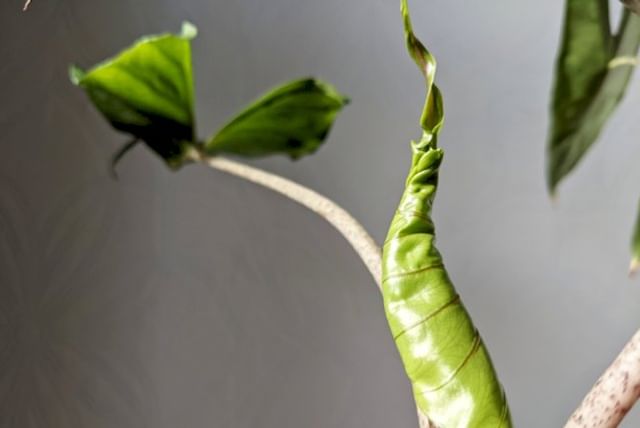
If you've recently reduced your plant's exposure to too much sunlight, it's important to know what signs to look for as they start to bounce back. You'll typically start to see signs of recovery within a week or two once you reduce its exposure.
New leaf growth
One of the first things you might notice is new leaf growth. Healthy leaves will start to grow that are green and vibrant. This shows that your plant is adjusting nicely to its new lighting conditions. These new leaves may feel more robust, which is a good sign they're getting the right amount of care and love.
Another sign of recovery can be the improvement in the color of existing leaves. If the leaves had faded to a lighter green, these will return to their deep green colors quite quickly. Sunburns, yellow leaves, or brown edges, however, won't return to what they used to look like.
Also, keep an eye on your plant's overall behavior. When plants recover from too much sunlight, they often perk up and become more upright rather than droopy or wilting. You might notice a general sense of freshness about them, with stems that stand tall and proud. I know this sounds a big wishy-washy, but you'll recognize it when you see it!
Time is a key player in this journey too. Recovery can take anywhere from a week to several weeks, depending on the plant type and the how much damage has taken place. Patience is key! Just as we take time to recharge after a long day, your plants need some love and time to heal.
Conclusion
Now that you know how to identify signs of too much sunlight, it's important to take action. If your plants are showing any of the symptoms I've mentioned, start by moving them to a shadier spot and give them some time to recover. Once they have regained their health, you can slowly start reintroducing them to more sunlight to find the sweet spot!
Be sure to share this plant care guide with your friends and family so they can keep their plants healthy too!
Thank you for reading this post! I hope it helps you to keep your plants healthy and beautiful! If you're looking for more guides on specific plants, you can always request a plant guide to get a guide for the plant you have trouble with.
Test your plant care knowledge
Quiz completed!
Want to learn more? Sign up for my newsletter to receive free tips in your inbox!
Sign up now!